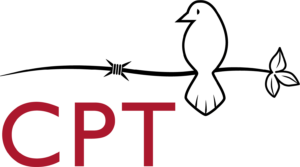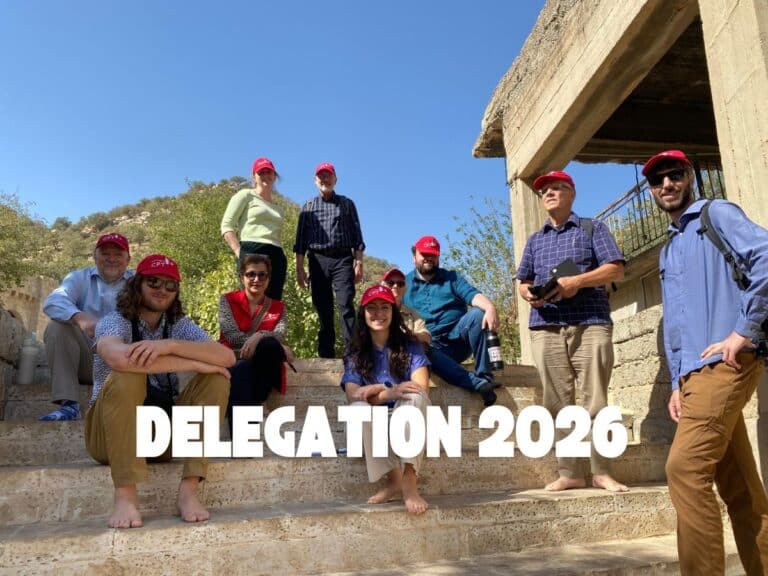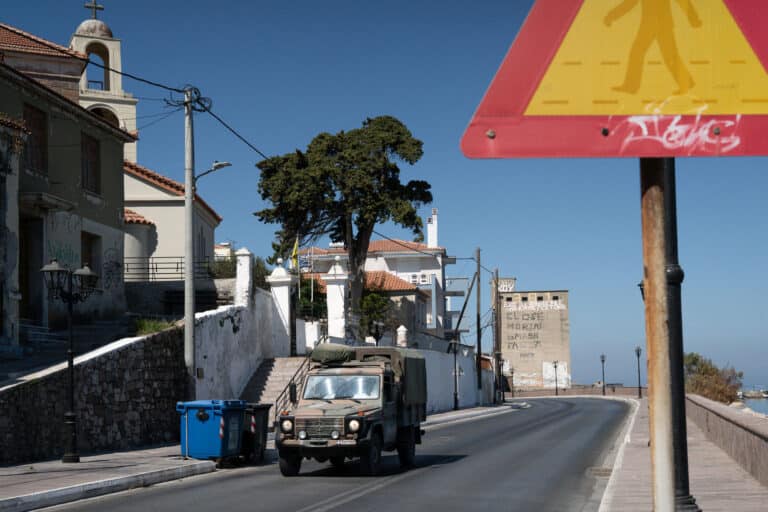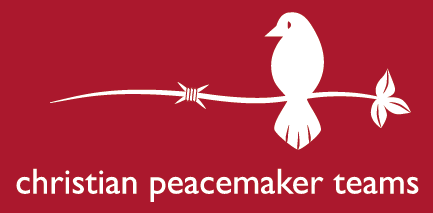by John Heid
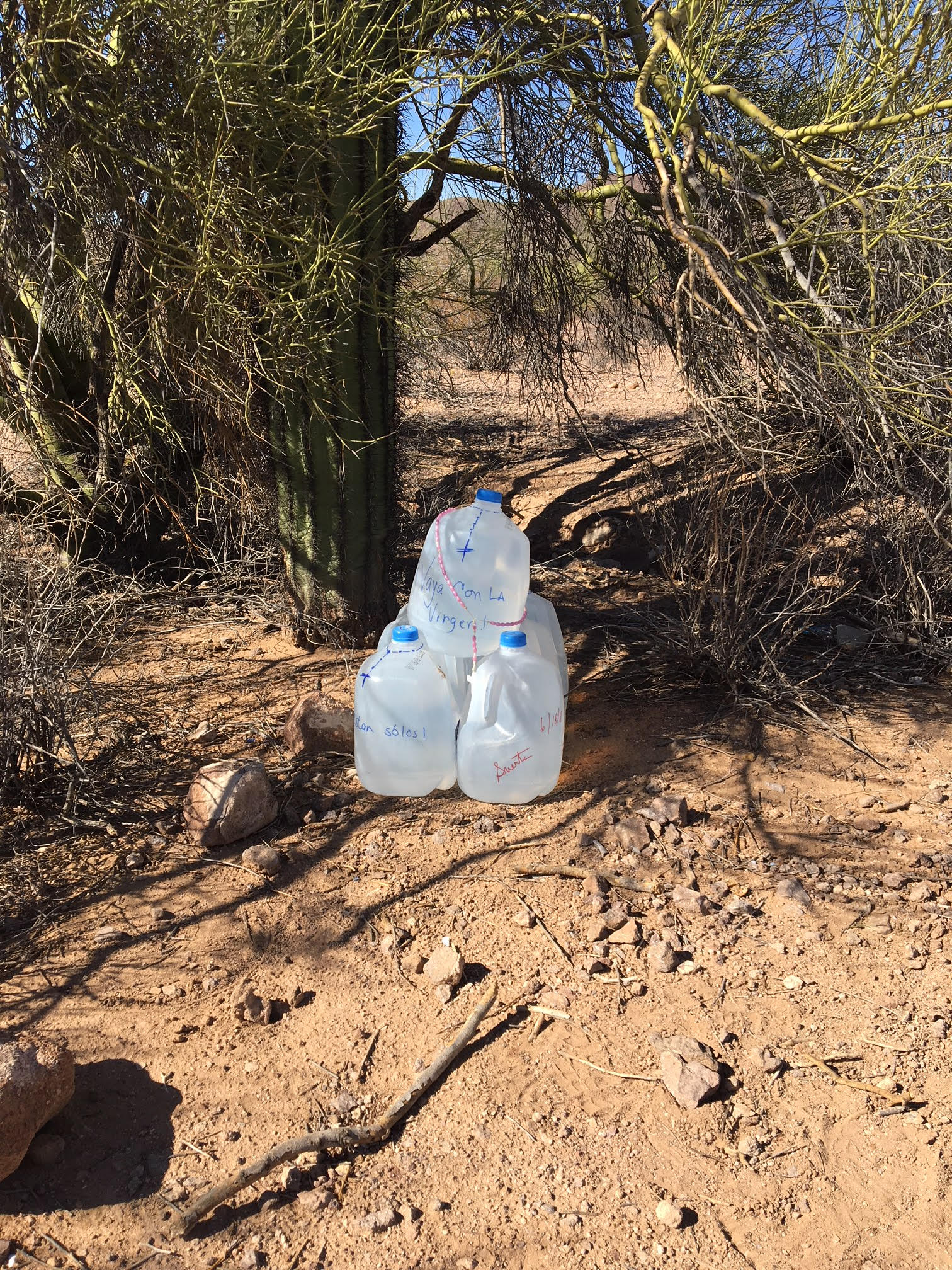
A traditional Catholic rosary consists of five decades, totaling 59 beads, and a crucifix on a cord. Within the past year 58 bodies were recovered from the Sonoran desert in the vicinity of Ajo, AZ, 42 miles north of the US/Mexico border. Humanitarian aid organizations estimate that for every body recovered, at least five are not. The remote nature of borderlands and the natural conditions accelerate decomposition. 59 bodies, 58 beads.
In May, residents of Ajo initiated a monthly vigil in the town’s central plaza to commemorate the lives of those who have died in and near their community. Most of the deceased are unidentified. Their names may never be known. The vigil has brought into the open a hidden wound. It allows the community to acknowledge and grieve this ongoing tragedy. As the circle of awareness widens, there is an increase in the numbers of people providing humanitarian aid, mostly by placing gallons of water on the many migrant trails around town.
Humanitarian aid workers often place rosaries at the water sites. We have heard that many people crossing feel that rosaries are a sign that the water is safe, not contaminated by anti-migrant militia groups who patrol the border. Given that devotion to the Virgin of Guadalupe is a phenomenon in Latin American culture, the rosary is seen as a sign of comfort on the trail.
Bead by bead, bottle by bottle, prayer and action co-mingle. The water provides a moment of relief. The unspoken prayer represented by the rosaries is that not only will people make the journey safely, but that one day no one will have to endure this trauma. We envision a day of safe passage for all.
